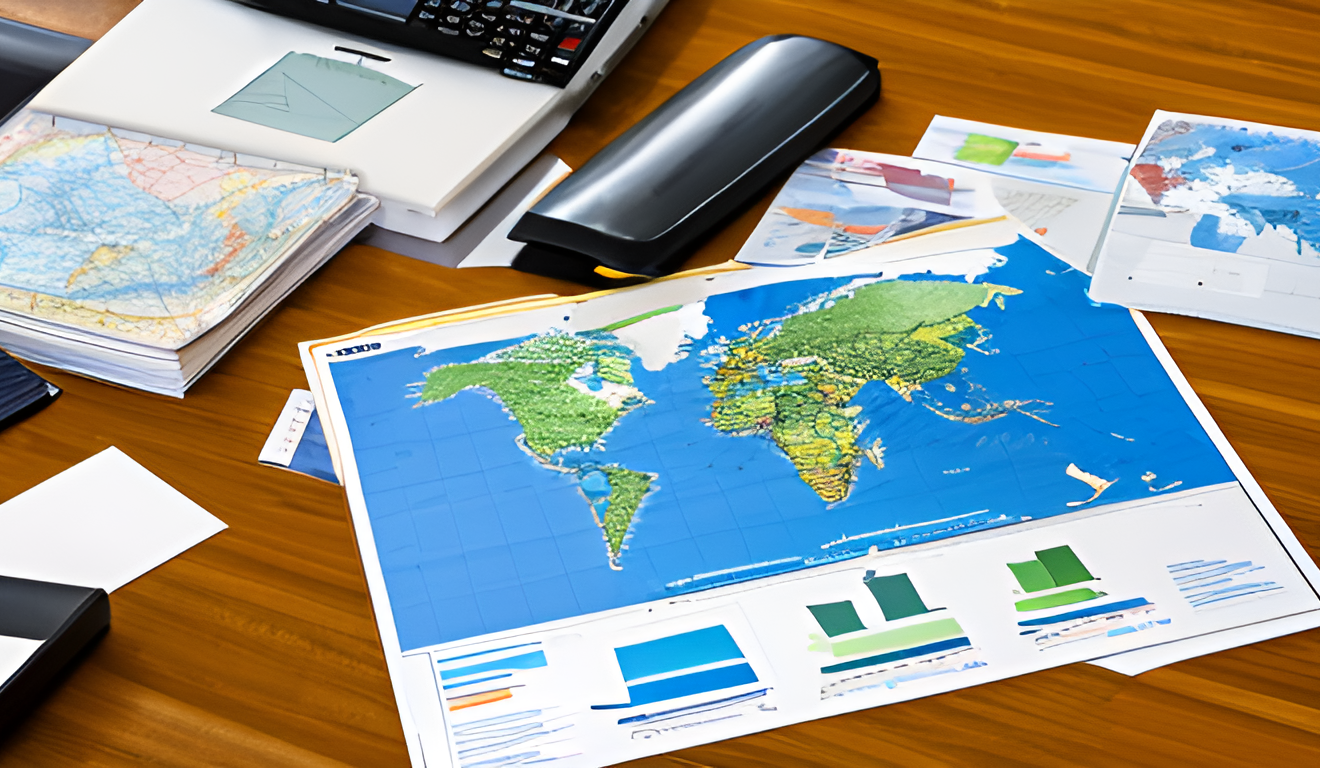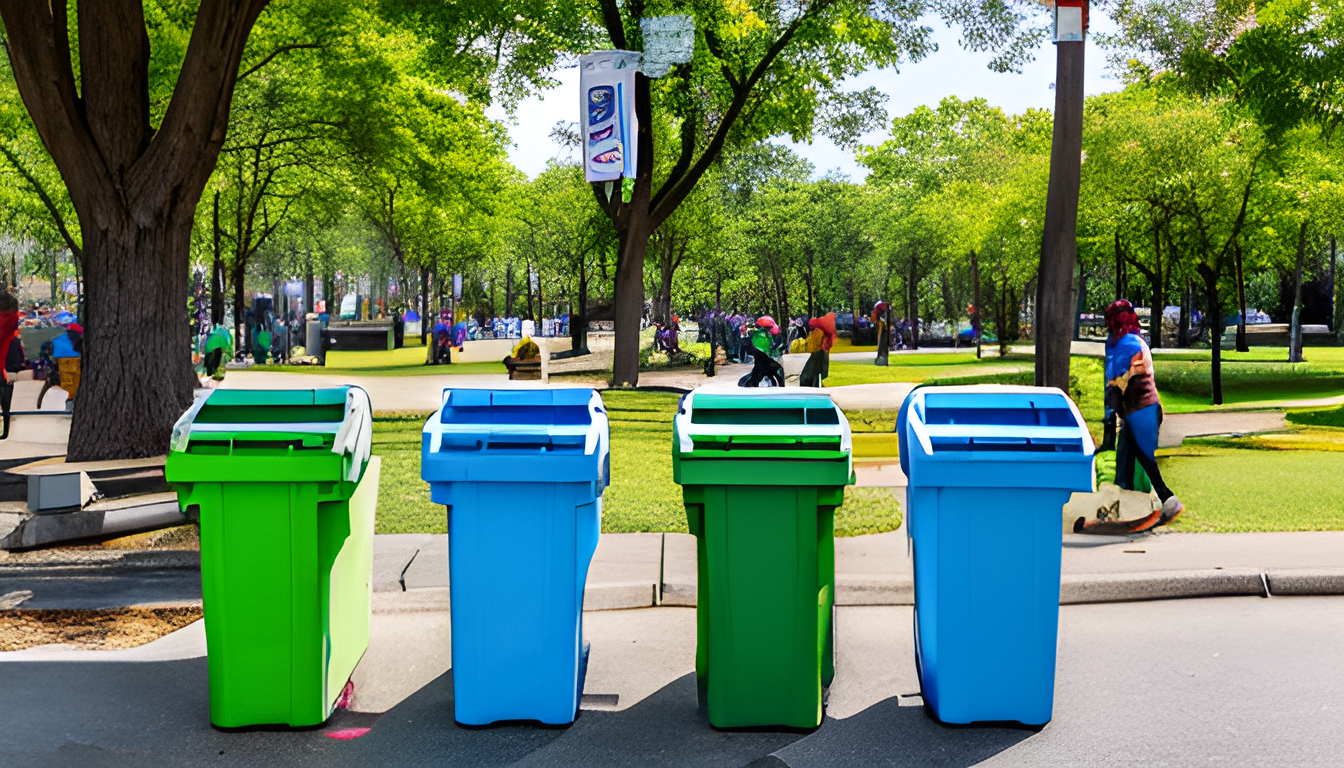Global Treaty Negotiations Aim to Address Escalating Plastic Pollution Crisis

Plastic pollution is not just an eyesore; it’s a ticking time bomb for our planet. With every passing year, we see the consequences of our plastic addiction unfold in devastating ways. From marine life choking on plastic waste to microplastics infiltrating our food chain, the stakes have never been higher. The urgency for a global treaty to combat this crisis is palpable. Imagine a world where our oceans are pristine, wildlife thrives, and communities are united in sustainable practices. This vision can become a reality, but only if we act now!
At the heart of this initiative are the ongoing global treaty negotiations. These discussions bring together a diverse array of stakeholders, each with a unique perspective on how to tackle this pressing issue. Governments, non-governmental organizations (NGOs), and industry leaders are stepping up to the plate, recognizing that collaboration is key. It’s like assembling a superhero team, where each member contributes their unique powers to save the day. Without this united front, the fight against plastic pollution could falter.
So, what strategies are being proposed during these negotiations? The focus is on innovative solutions that can be implemented worldwide. For instance, enhancing waste management systems can significantly reduce the amount of plastic that ends up in landfills and oceans. Additionally, recycling initiatives are being discussed to promote a circular economy where plastic is reused rather than discarded. Public awareness campaigns also play a crucial role, educating communities about the impact of plastic pollution and encouraging sustainable practices.
However, as we look to the future, challenges loom large. Ensuring compliance and enforcement of the treaty will be pivotal. It’s one thing to sign an agreement; it’s another to see it through. The success of this treaty hinges on our collective commitment to not just talk the talk but walk the walk. Together, we can turn the tide on plastic pollution, but it will require dedication, innovation, and a willingness to adapt. The time for action is now—let’s not let this opportunity slip through our fingers!
The Urgency of Plastic Pollution
Plastic pollution has surged to a crisis level, becoming one of the most pressing environmental challenges of our time. Imagine walking along a beautiful beach, only to be greeted by a landscape marred by plastic debris. This scenario is becoming all too common, as millions of tons of plastic waste enter our oceans each year, wreaking havoc on marine life and ecosystems. The urgency to address this issue is not just about aesthetics; it’s about protecting our planet and ensuring the health of future generations.
The impact of plastic pollution is profound and multifaceted. It disrupts marine ecosystems, endangers wildlife, and even poses risks to human health through the food chain. For instance, microplastics have been found in fish, shellfish, and even drinking water. This alarming reality raises a critical question: how can we continue to ignore the consequences of our plastic consumption? As we grapple with this crisis, it becomes clear that the time for action is now.
Moreover, the urgency of this issue is echoed by scientists and environmentalists worldwide. According to recent studies, if we do not change our plastic consumption habits, by 2030, there could be more plastic in the oceans than fish. This statistic is a wake-up call, urging us to rethink our relationship with plastic. We must shift from a linear economy—where we produce, use, and dispose of plastic—to a circular economy, where resources are reused and recycled.
In conclusion, the urgency of plastic pollution is a call to arms for individuals, communities, and nations alike. It’s not just an environmental issue; it’s a human issue that requires collaborative solutions and immediate action. Every effort counts, whether it’s reducing single-use plastics, participating in local clean-up initiatives, or advocating for stronger regulations. Together, we can make a significant impact in combating this global crisis.
Key Stakeholders in Treaty Negotiations
The fight against plastic pollution is not a solo endeavor; it requires a symphony of voices coming together to create a harmonious solution. Governments across the globe are stepping up to the plate, recognizing that they hold the power to legislate and enforce regulations that can significantly curb plastic usage. For instance, nations like Germany and Kenya have already implemented strict bans on single-use plastics, setting a precedent for others to follow.
But it’s not just about governments. Non-Governmental Organizations (NGOs) play a pivotal role in raising awareness and mobilizing communities. Organizations such as World Wildlife Fund (WWF) and Greenpeace are at the forefront, advocating for sustainable practices and holding corporations accountable. Their grassroots efforts often ignite public concern, pushing policymakers to act swiftly.
Then we have the industry leaders, who are both part of the problem and the solution. Companies that produce plastic products are now being urged to innovate and find alternatives. For example, some corporations are investing in biodegradable materials, while others are focusing on improving recycling technologies. This shift is essential; after all, if the industries that generate waste don’t adapt, the treaty’s goals may remain just that—goals.
To truly understand the dynamics at play, it’s crucial to recognize that each stakeholder brings unique perspectives and commitments to the table. Their collaboration is key to creating a comprehensive framework that not only addresses plastic pollution but also promotes sustainable economic growth. As these negotiations unfold, the challenge lies in harmonizing these diverse interests into a cohesive strategy that can effectively combat this looming crisis.

Strategies for Effective Implementation
To tackle the daunting challenge of plastic pollution, the global treaty must incorporate innovative strategies that resonate with various stakeholders. One of the most effective approaches is the enhancement of waste management systems. By investing in infrastructure that can efficiently process and recycle plastic, countries can significantly reduce the volume of waste entering landfills and oceans. Imagine a world where every piece of plastic is either reused or transformed into something valuable—this is not just a dream; it can be a reality with the right strategies in place.
Moreover, public awareness campaigns play a crucial role in changing consumer behavior. When individuals understand the impact of their choices, they are more likely to participate in recycling programs and reduce single-use plastics. For instance, campaigns that highlight the devastating effects of plastic on marine life can motivate communities to take action. Engaging storytelling and eye-catching visuals can make these campaigns not only informative but also emotionally resonant, leading to a more significant impact.
Another essential strategy involves fostering partnerships between governments, NGOs, and the private sector. Collaboration can lead to the sharing of resources, knowledge, and best practices. For example, companies can innovate new biodegradable materials, while governments can offer incentives for businesses that adopt sustainable practices. This synergy can create a ripple effect, encouraging others to follow suit.
In summary, the effective implementation of the treaty hinges on a multifaceted approach that includes improved waste management, robust public awareness initiatives, and strong partnerships. By combining these elements, we can pave the way for a cleaner, healthier planet and ensure that the treaty not only exists on paper but translates into real-world change.
Future Outlook and Challenges
The future of global plastic pollution management hinges on the success of the ongoing treaty negotiations. While there is a palpable sense of optimism surrounding these discussions, we cannot ignore the challenges that lie ahead. One of the most pressing issues is ensuring that all participating nations commit to enforcing the treaty’s guidelines. Without a robust enforcement mechanism, even the most well-crafted agreements can fall short of their intended impact. Imagine trying to win a race without a finish line; that’s what a treaty without enforcement looks like.
Moreover, compliance is another significant hurdle. Different countries have varying capacities and resources to implement the treaty’s provisions. For instance, while developed nations may have the infrastructure to manage waste effectively, many developing countries struggle with basic waste management systems. This disparity could lead to a situation where some nations excel in compliance while others lag behind, creating a patchwork of efforts that undermines the treaty’s overall effectiveness.
Additionally, public awareness and engagement are crucial for the treaty’s success. Without the support and participation of local communities, even the best strategies may fail. Therefore, a multi-faceted approach is essential. This includes:
- Education: Raising awareness about plastic pollution and its consequences.
- Community Initiatives: Encouraging local clean-up events and recycling programs.
- Corporate Responsibility: Urging businesses to adopt sustainable practices.
In summary, while the treaty represents a significant step forward in the fight against plastic pollution, the road ahead is fraught with challenges. Addressing enforcement, compliance, and community engagement will be critical in transforming this ambitious plan into tangible results. The world is watching, and the stakes couldn’t be higher.














